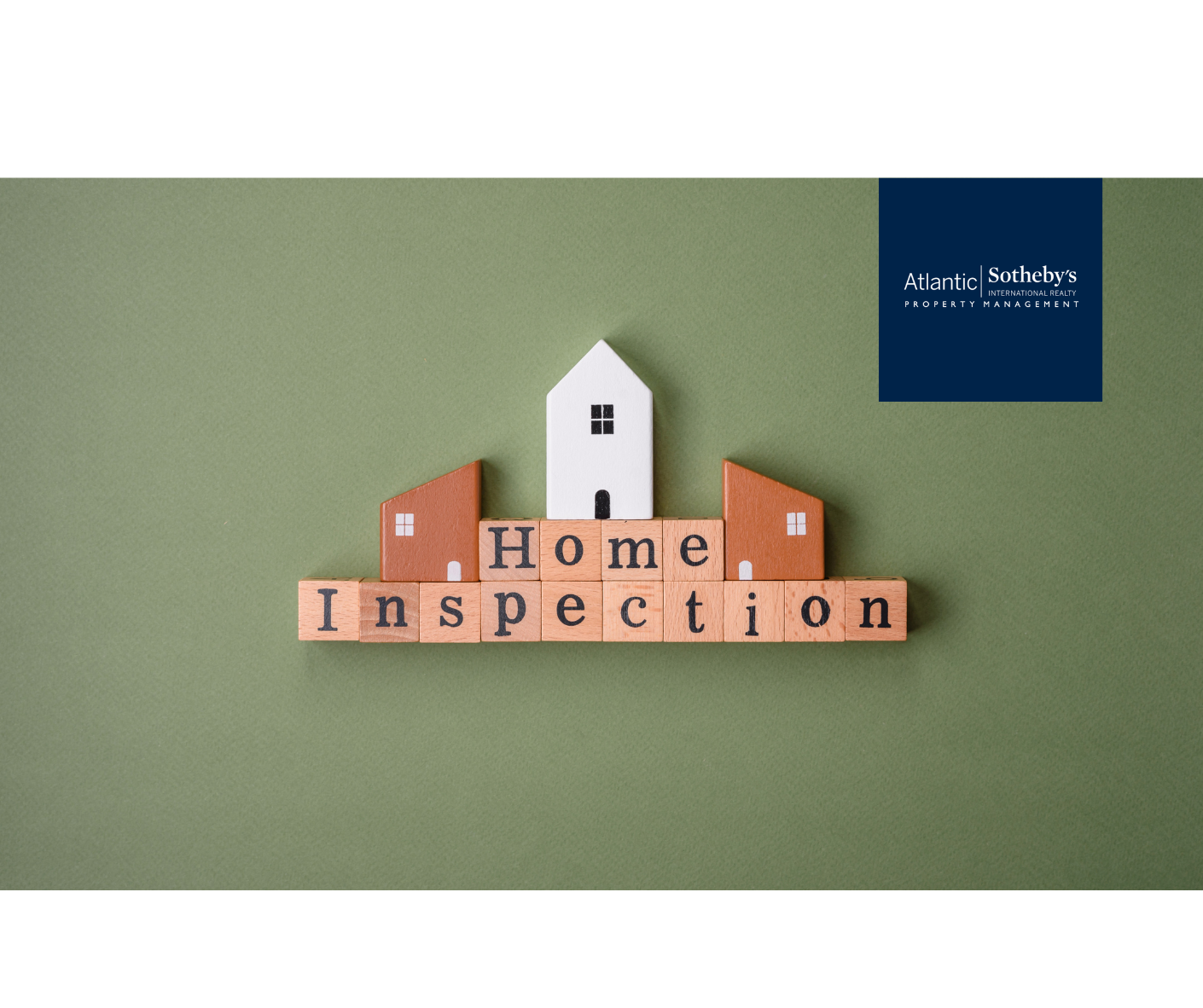There are few moments in property management as revealing as the move-out inspection. It’s like the season finale of a long-running sitcom — you’ve laughed, you’ve cried, you’ve called the plumber at 2 AM — and now you get to see how it all wraps up. Will the tenants leave the place spotless and glowing like a freshly staged model home? Or will you discover a mysterious stain on the ceiling that looks suspiciously like...never mind? Either way, a move-out inspection is where preparation meets reality. When done right, it protects your property, minimizes disputes, and sets the stage for the next tenant to have a great experience. When done poorly… let’s just say you may end up on the phone with your lawyer more than you’d like - and mine seems to bill by the second. A successful inspection starts well before the tenant packs their last box. In fact, your move-out process should be communicated clearly the moment they give notice. This includes a move-out checklist, because tenants aren’t mind readers and you know they didn't read their lease when they moved in anyway. Give them a written list outlining cleaning expectations, appliance requirements, key returns, trash removal, and anything else you expect to see done. Schedule the inspection early—don’t let it sneak up on you like that mystery smell in the back of the fridge. Confirm it in writing, and remind the tenants a few days beforehand. It also helps to remind them of the original condition by sharing the move-in inspection report or photos. This sets expectations and reduces those “Well, it looked like that when I moved in” or my personal favorite, "I left it better than I found it" debates. Think of this stage as setting the rules of the game. It’s way easier to keep things organized when everyone knows what winning looks like.
No good inspector shows up empty-handed. Whether you're managing one unit or fifty, having the right toolkit can make all the difference. Bring a printed move-out inspection form (or digital tablet version), a camera or phone with plenty of storage for time-stamped photos, a flashlight to check under sinks and behind appliances, and something to take notes with. Even if you’ve got photos, quick notes like “Bedroom 2 – baseboard scuffs, likely from bedframe” help jog your memory later. Optional tools like screwdrivers, a tape measure, or a voltage tester can come in handy. When you walk in prepared, you’re not just a landlord or property manager—you’re part Sherlock Holmes, part HGTV host, ready to uncover clues and comment on questionable wallpaper choices. Inspections can get chaotic if you wander like you’re on a self-guided tour, so follow a logical route. Start outside to check landscaping, fences, exterior lights, mailboxes, and any storage sheds. Move to common areas like living rooms and hallways, looking for wall damage, scuffed floors, or blinds that have been “artistically” reshaped. Hit the kitchen and bathrooms next—these are often ground zero for cleaning disputes. Check appliances inside and out, grout, under sinks, and behind the stove (yes, you have to… and yes, something sticky is probably there). Then check bedrooms and closets for nail holes, stains, or forgotten belongings. Finish with attics, garages, or crawl spaces if applicable—tenants sometimes treat these like time capsules for items they never want to see again. A systematic approach keeps you from missing that weird corner behind the fridge and making awkward “we missed this” calls later.
Documentation is your strongest ally if a dispute arises, so photograph everything like you’re building a court case. Take clear, well-lit shots from multiple angles—(It's ALWAYS about the angle!) overall room shots for context, close-ups of damage with something for scale, and before-and-after comparisons if you have move-in photos. Write down anything that doesn’t show well in pictures, like odors, soft flooring, malfunctioning outlets, or that strange humming noise from the bathroom fan. Pretend you’re explaining the property’s condition to someone who’s never set foot inside—because someday, you might have to. As you inspect, it’s also important to differentiate between normal wear and tear and actual damage. Normal wear and tear includes things like scuffed baseboards, slightly faded paint, or carpet flattened by furniture. Actual damage includes broken blinds, cigarette burns, large drywall holes, or crayon art installations in the bathtub. Normal wear and tear is typically the landlord’s responsibility, while damage is the tenant’s. Having clear lease language about these definitions can prevent future headaches.
Once the inspection is done, don’t disappear like a mysterious inspector ghost. Follow up with tenants quickly—ideally within a few days—with a written summary of findings, itemized deductions from the security deposit (with receipts or estimates if required by law), the remaining balance, and the timeline for returning it per local regulations. Quick, clear communication reduces arguments and builds trust, even if the news isn’t what they were hoping for. And while the inspection is about wrapping up one tenancy, it’s also the perfect time to prepare for the next. Make note of any maintenance or upgrades you want to handle before new tenants move in, like repainting an accent wall, replacing tired carpet, upgrading light fixtures, or deep cleaning vents. Handling these items between tenancies sets your property up to rent faster and at a better price—and spares you the chaos of painting a bedroom while movers are unloading a U-Haul.
A great move-out inspection isn’t about panic—it’s about process. When you prepare tenants early, show up organized, document thoroughly, and follow through quickly, everything runs more smoothly. Sure, you’ll still find a few surprises (looking at you, mystery ceiling stain), but you’ll handle them with confidence and maybe even a sense of humor. And if all else fails, remember: every odd thing you find during a move-out becomes a fantastic story at the next property manager happy hour.


 (1920 x 1005 px).png)